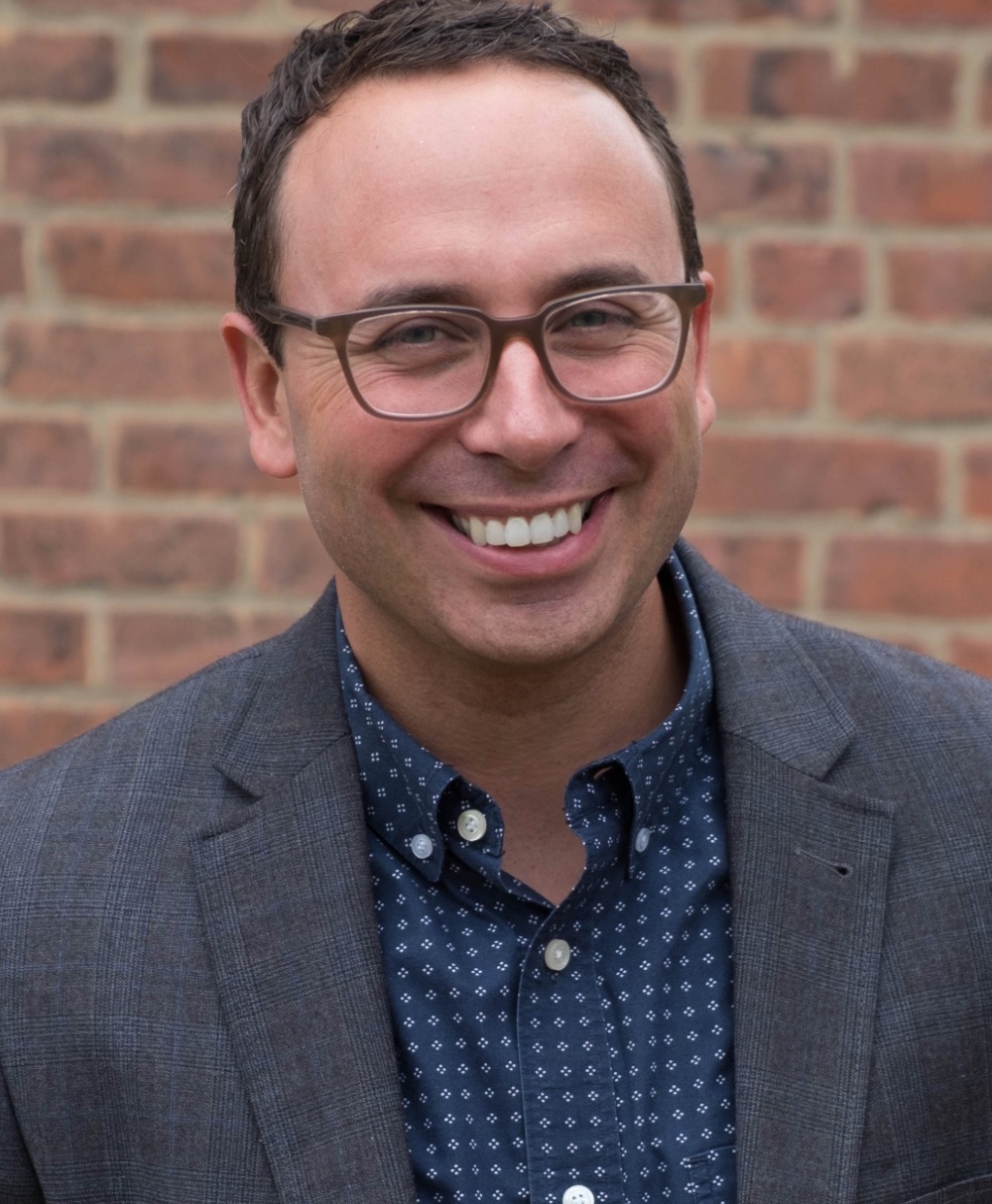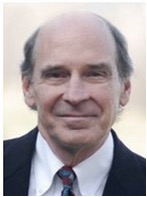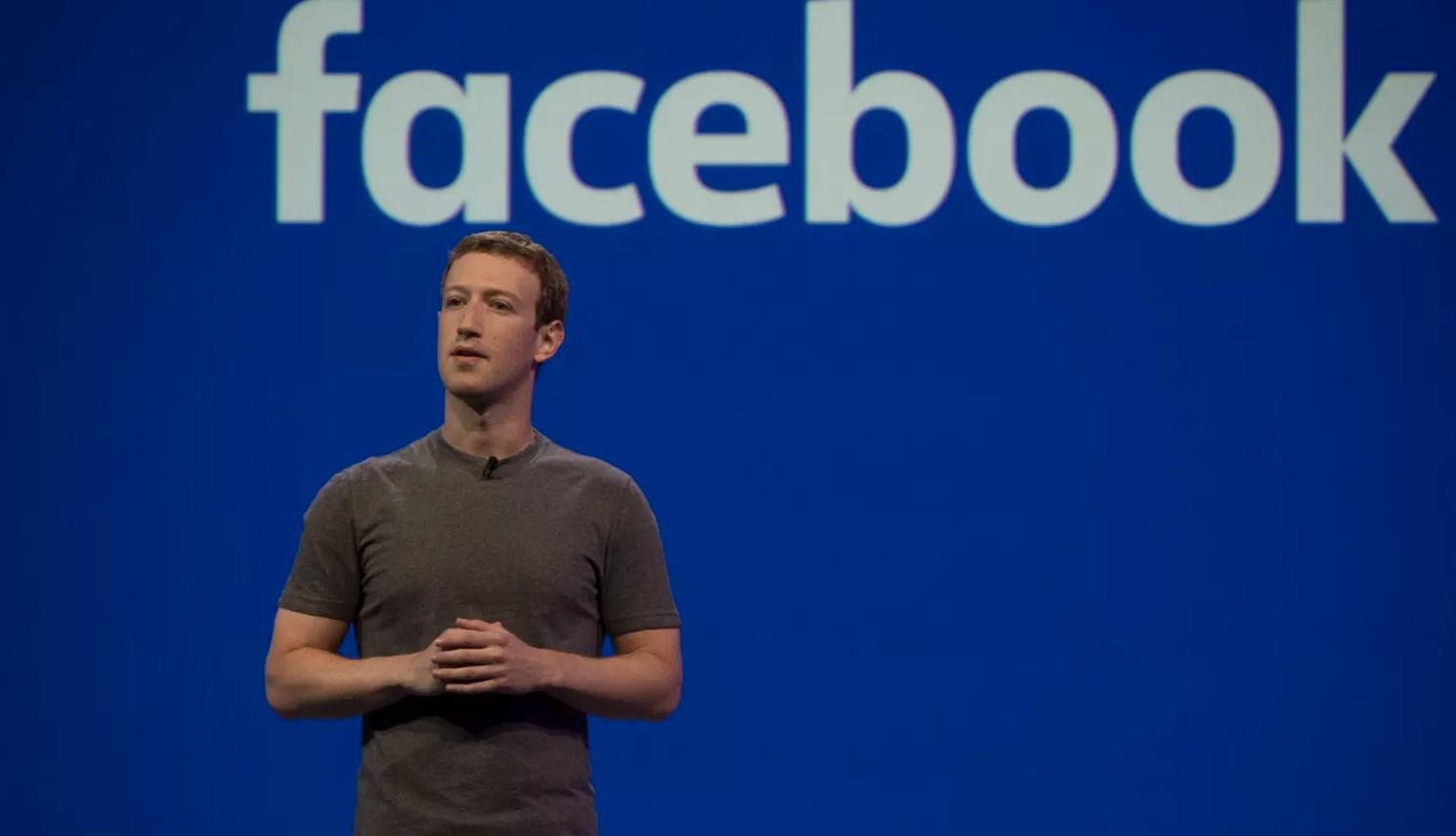 In an age where big data is king and doctors are urged to treat populations, the journey of one man still has much to tell us. This is a tale of a man named Joe.
In an age where big data is king and doctors are urged to treat populations, the journey of one man still has much to tell us. This is a tale of a man named Joe.
Joseph Carrigan was a bear of a man – though his wife would say he was more teddy than bear. He loved guitar playing, and camp horror movies. Those who knew him well said he had a kind heart, a quick wit and loved cats.
I knew none of these things when I met Joe in the Emergency Department on a Sunday afternoon. I had been called because of an abnormal electrocardiogram – the ER team was worried he could be having a heart attack. Not able to make sense of the story on the phone, I was in to try to sort it out. Joe was gruff, short with his answers – but clearly something just wasn’t right. He was only 54 but had more problems than the average 50 year old. Progressive calcification of his aortic valve some years ago had caused intolerable shortness of breath resulting in replacement with an artificial valve. Longstanding diabetes had resulted in kidney failure and dialysis, and most recently abnormal liver tests had revealed the presence of the early stages of cirrhosis from hepatitis C. Yet Joe continued to live an active life – with only a tight circle of family and friends aware of the illnesses beneath the surface.Continue reading…


 Imagine if I told you that there was a pool of close to 600,000 individuals in New York City who were ripe for innovative health technology integration. You probably wouldn’t believe me and say that it sounded too good to be true. This said pool does in fact exist and can be found concentrated within the city’s public housing.
Imagine if I told you that there was a pool of close to 600,000 individuals in New York City who were ripe for innovative health technology integration. You probably wouldn’t believe me and say that it sounded too good to be true. This said pool does in fact exist and can be found concentrated within the city’s public housing. The healthcare AI space is frothy. Billions in venture capital are flowing, nearly every writer on the healthcare beat has at least an article or two on the topic, and there isn’t a medical conference that doesn’t at least have a panel if not a dedicated day to discuss. The promise and potential is very real.
The healthcare AI space is frothy. Billions in venture capital are flowing, nearly every writer on the healthcare beat has at least an article or two on the topic, and there isn’t a medical conference that doesn’t at least have a panel if not a dedicated day to discuss. The promise and potential is very real.

 Nazis and white supremacists.
Nazis and white supremacists.
 The physician-patient relationship is a bedrock of the U.S. health system. Strong relationships are associated with higher ratings for physicians and better outcomes for patients but there’s a catch.
The physician-patient relationship is a bedrock of the U.S. health system. Strong relationships are associated with higher ratings for physicians and better outcomes for patients but there’s a catch.








